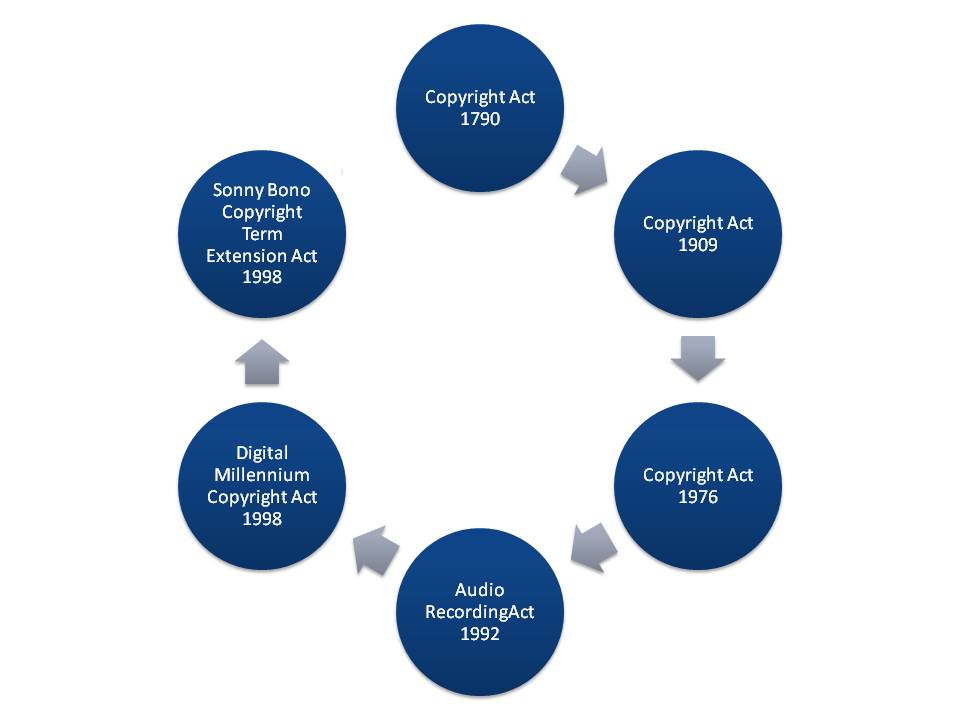Version [31225]
Dies ist eine alte Version von IntUrhRIntroduction erstellt von Jorina Lossau am 2013-06-17 08:28:20.
Internationaler Gewerblicher Rechtsschutz und Urheberrecht II
Teil 1 - Introduction
| File | Last modified | Size |
|---|---|---|
| IntUrhRGoalsCA.jpg | 2023-10-06 18:36 | 36Kb |
| IntUrhRImplementationCL.jpg | 2023-10-06 18:36 | 34Kb |
| IntUrhRProgressCA.jpg | 2023-10-06 18:36 | 36Kb |
| IntUrhRProgressCA2.jpg | 2023-10-06 18:36 | 36Kb |
| The US Copyright Law is nearly as old as the USA itself. The requirement for author’s protection was established in the Constitutionfrom 1787 (Copyright Clause): The Congress shall have Power [. . .] To promote the Progress of Science and useful Arts, by securing for limited Times to Authors and Inventors the exclusive Right to their respective Writings and Discoveries.” (Art. I, Sec. 8, Clause 8 US Constitution) Immigrants from England brought the ideas of the Statute of Anne (1710) with them: the author shall be owner of the exclusive right to copyright for a limited time (14 years), not the stationers (Verleger) as before. But the Statute of Anne regulated only singular copyright issues and only in respect of literary works; the most copyright questions remained for court’s decisions. Therefore the copyright in England had a strong common law influence although there had been early regulation. In 1790, the USA also implemented a copyright law that was extremely similar to the spirit of the Statute of Anne in promoting education and learning. The written US copyright law also restraint its application to literary works. Thus, the common law impactremained strong until the Copyright Act from 1976 (17 U.S.C.) which brought the US Copyright Law to a nearly modern level. Copyright Law Revision – Senate Report No. 94-473 (1975), p. 48: “The present Copyright Law of the United States is essentially that enacted by the Congress in 1909. Many significant developments in technology and communications have rendered that law clearly inadequate to the needs of the country today.” |
But, the Copyright Act 1976 held up specific principles:
Especially the requirement of a registration and the abandonment of moral rights kept the US outside from the international copyright system established by the Berne Convention(RBÜ, see above). In 1989, the US Copyright law dropped the registration requirement and accepted the necessity of moral rights. The modern written Copyright Acts – Audio Recording Act, Digital Millennium Copyright Act (DMCA) and Sony Bono Copyright Term Extension Act – tried to give the US Copyright law a contemporary face with their regard to new copy techniques. But, with their “Cheques and Balances”-system they make the understanding of the Copyright Act quite difficult.
|

| In fact, one has to distinguish the common law impact on copyright meaning that the law is mainly influenced by precedent cases (case law) from the denied common law copyrightmeaning the idea that copyright is the natural right of the creator. |
Diese Seite wurde noch nicht kommentiert.





